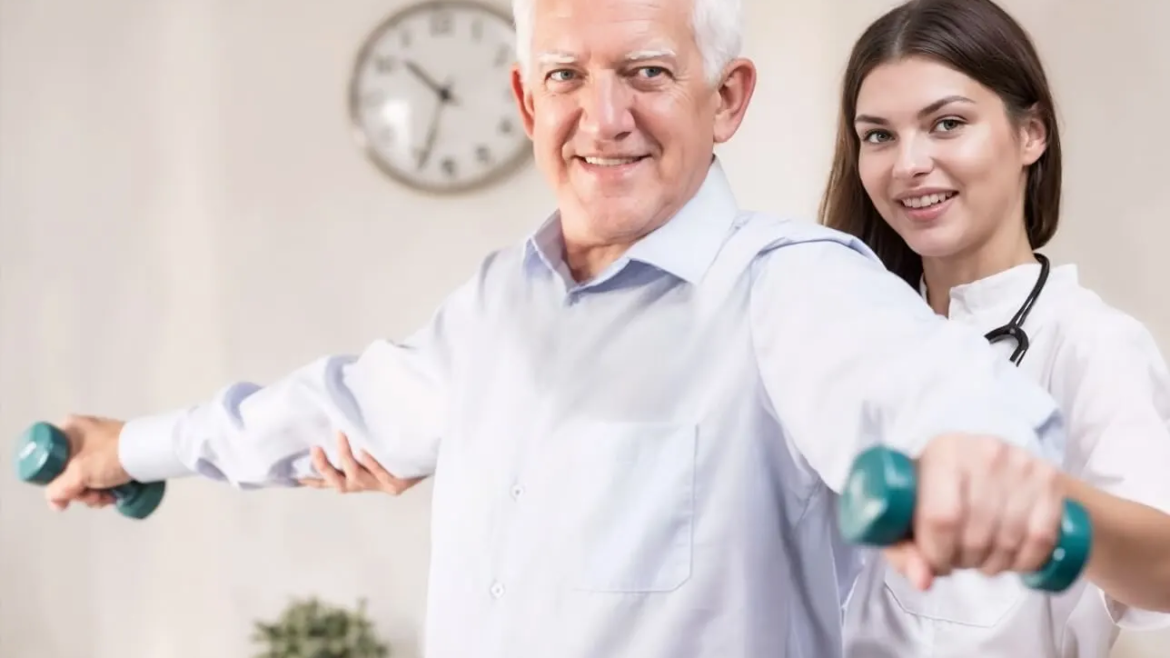Discover the top 6 free activity ideas for seniors to stay active. Explore easy and budget-friendly ways to boost wellness and interaction.


Discover the top 6 free activity ideas for seniors to stay active. Explore easy and budget-friendly ways to boost wellness and interaction.

Keeping the seniors in your life active is one of the best ways to show them your love and care. Whether it is your parent, grandparent, spouse, friend, or neighbor, the senior in your life can benefit from being active in many ways.

Technology is for more than just the young and the savvy. It can also benefit seniors, especially those in hospice and palliative care. Hospice and palliative care are specialized medical care that provides comfort and support to patients with life-limiting illnesses and their families. Technology can help seniors in hospice and palliative care improve their quality of life and well-being by enhancing their physical, mental, social, and emotional health.

Protecting seniors from financial abuse is crucial to ensuring their well-being and peace of mind during their golden years. As people age, they often become more vulnerable to various forms of abuse, including financial exploitation. The Valley View Hospice Los Angeles aims to provide a comprehensive understanding of financial exploitation, offer strategies to prevent it, and highlight resources available for protection…

Emergency lifeline support is a service that provides immediate help and guidance to people who are facing a crisis, such as suicidal thoughts, emotional distress, substance abuse, domestic violence, or other mental health issues. Emergency lifeline support aims to prevent harm, reduce suffering, and promote coping and recovery.
Every great dream begins with a dreamer. Always remember, you have within you the strength, the patience, and the passion to reach for the stars to change the world.